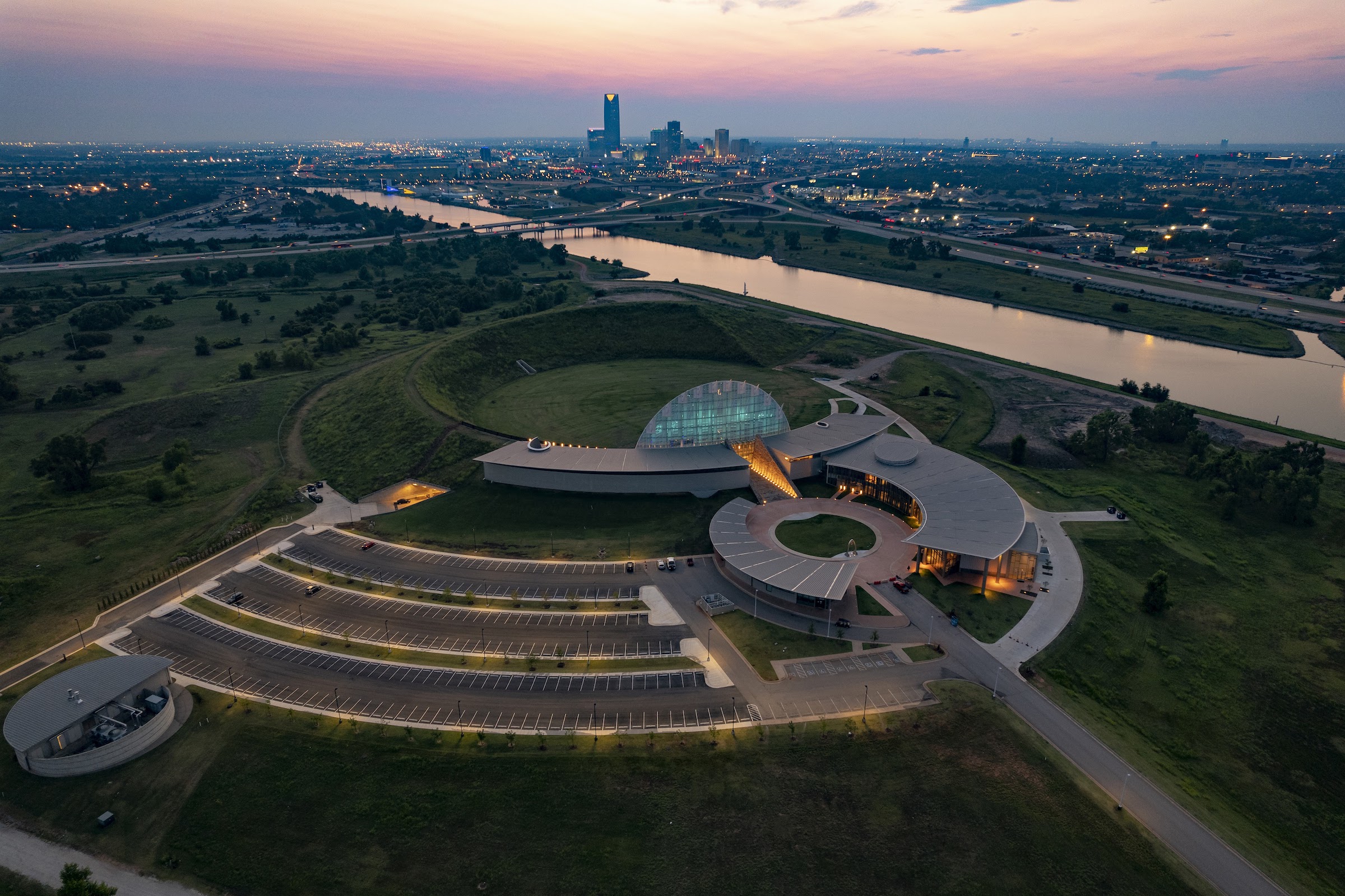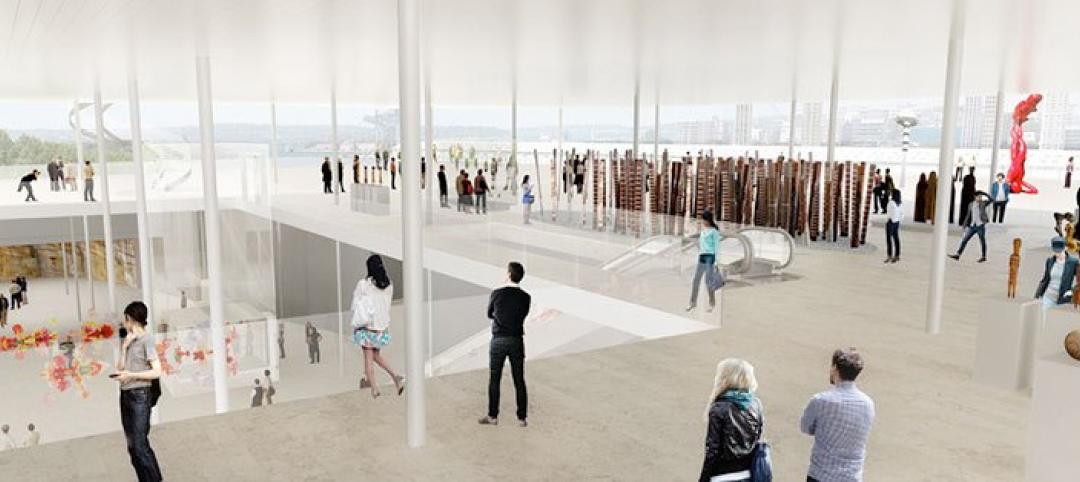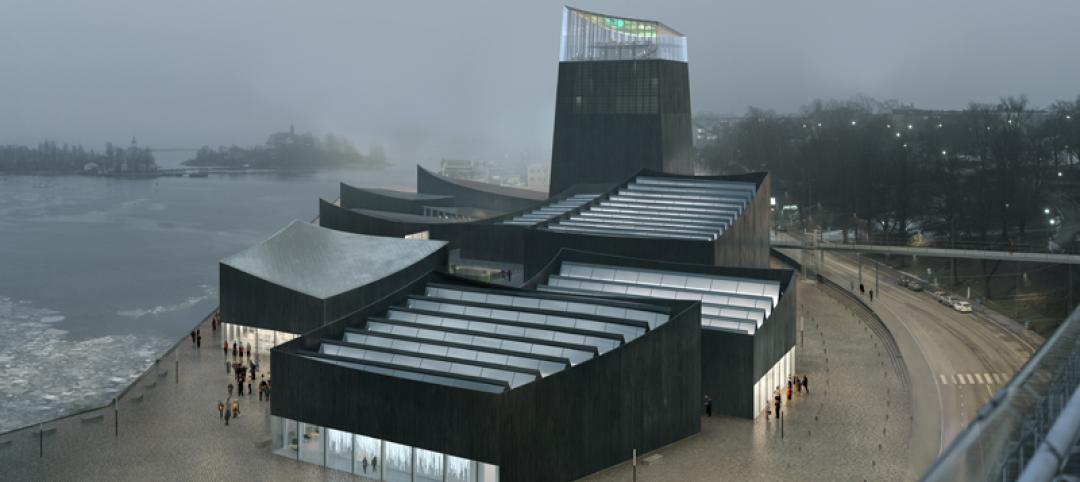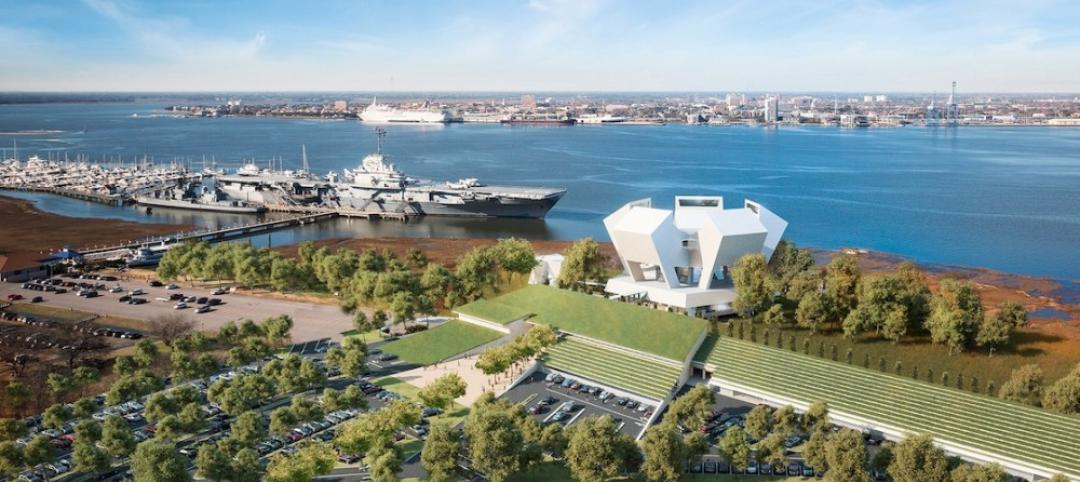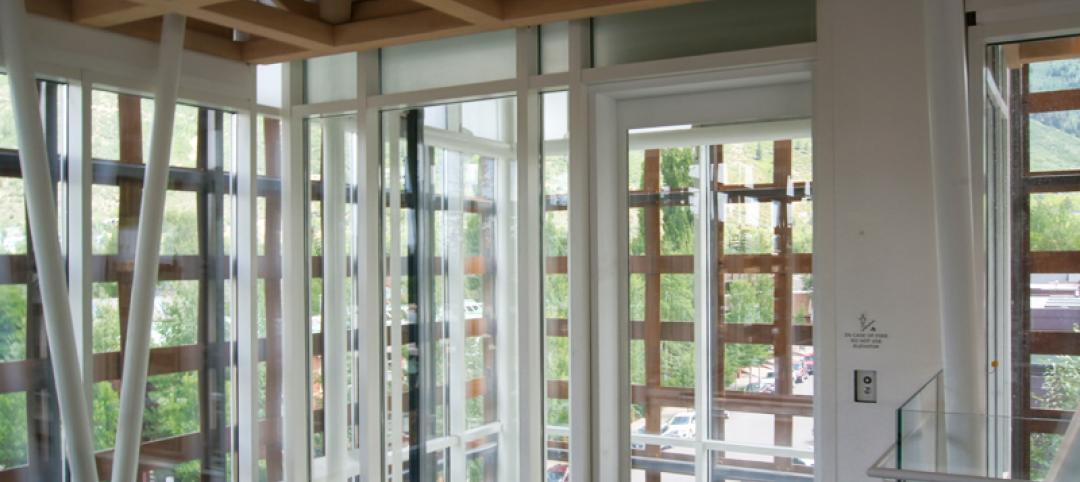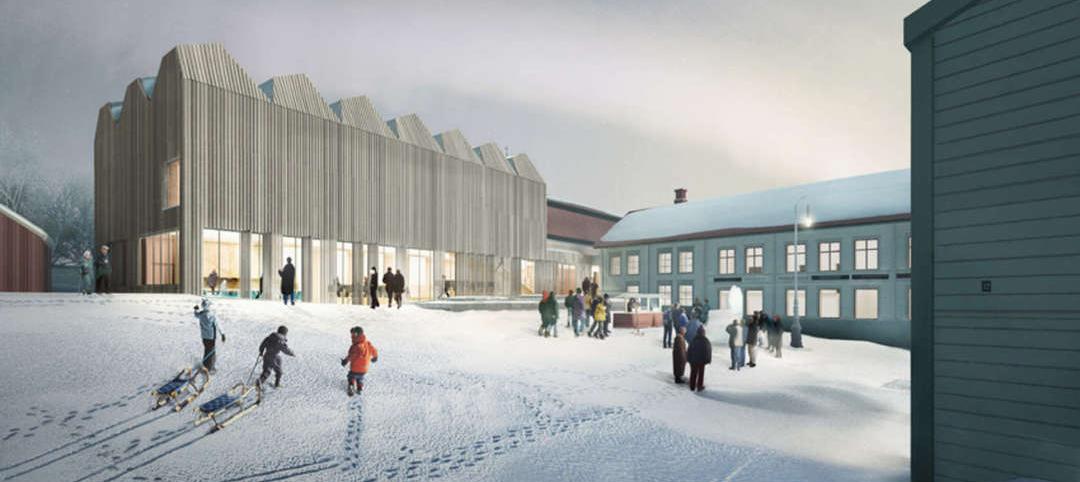First Americans Museum (FAM) in Oklahoma City honors the 39 tribes in Oklahoma today, reflecting their history through design metaphors of nature’s elements of earth, wind, water, and fire. The design concept includes multiple circles suggested by arcs, reflecting the native tradition of a circular worldview that encompasses the cycle of life, the seasons, and the rotation of the earth.
The central expression of this concept is a 1,000-sf-diameter spiral earthen mound rising to 90 feet at its peak. This element was constructed with 400,000 cubic yards of red earth fill from local construction sites. The spiral mound represents the earth and features a passageway through which the winter solstice is marked. The project was designed to align with the cardinal directions and serve as a cosmological clock, commemorating and honoring the special times of equinox and solstice.
The east-facing museum entrance, framed by stone walls, aligns with the sunrise of the vernal and autumnal equinoxes, with the sun rising directly in the center between the walls. During the winter solstice, the sun sets through the tunnel embedded into the FAM Mound; during the summer solstice, the sun sets at the peak of the mound.
The concept for the 175,000 sf museum building is a spiral that begins in the earth and ascends to the heavens. It is composed of two arcs: the western arc, featuring permanent and rotating exhibitions, and the northern arc that houses theaters, retail, dining, and other services. The arcs intersect at the 110-foot-tall prismatic glass structure that serves as both a starting point for visitors and a central gathering space. Three sky terraces (Sun, Moon, Stars) offer views of the Oklahoma River and Downtown Oklahoma City.
The radial geometries of the interior are organized to invoke a sense of curiosity and anticipation in visitors. Public spaces are bathed in natural light through full-height glass walls. Harmonizing manmade and natural elements, the museum’s interior palette includes warm wood wall paneling, steel-clad circular columns, concrete flooring, and custom wood-slat ceilings. Arcs and circles appear throughout in millwork, seating elements, and railings in harmony with the Native American belief that right angles trap the spirit.
“We conceived a story about the site that the land had been taken from the native peoples, stripped of its elements, and has now been returned to the Native Americans, who restored it to the way it once was,” says William Fain, Jr., FAIA, Managing Partner and Director of Urban Design and Planning at Johnson Fain. “The harmonious relationship between the building and the surrounding landscape is critical to telling the authentic Oklahoma Indian story.”
On the project team:
Owner and/or developer: American Indian Cultural Center Foundation (AICCF)
Design architect: Johnson Fain
Associate Architect of record: Hornbeek Blatt
MEP engineer: Darr & Collins, Stantec
Structural engineer: Arup; KFC Engineering; Nabih Youssef Associates
General contractor/construction manager: Centennial Builders—A Joint Venture of Flintco and Manhattan
Here is the full statement from the architecture firm and building owner:
Twenty-five years in the making, First Americans Museum (FAM) in Oklahoma City is a testament to mission and perseverance. It was created to honor the 39 tribes in Oklahoma today, reflecting their history through design metaphors of nature’s elements of earth, wind, water, and fire. Los Angeles architecture firm Johnson Fain, along with associated Oklahoma City firm Hornbeek Blatt and New York City-based landscape architect Hargreaves Jones, created a destination representing FAM’s mission to educate the public about the cultures, diversity, history, contributions, and resilience of Oklahoma’s First American Nations.
Working closely with tribal advisors, the design team interpreted native traditions into steel, glass, stone, wood, and sod. For the design, the architects have been awarded honors by chapters of the American Institute of Architects. AIA Los Angeles bestowed awards both when the project was on the boards prior to construction and for the realized building—one of a handful of projects to receive accolades at both stages. Closer to home, AIA Oklahoma also awarded the built design. “The difficult task of marrying the vernacular, the indigenous, and the technological is executed with clear intentions, thus producing an effective outcome,” notes the notoriously critical AIA LA jury panel.
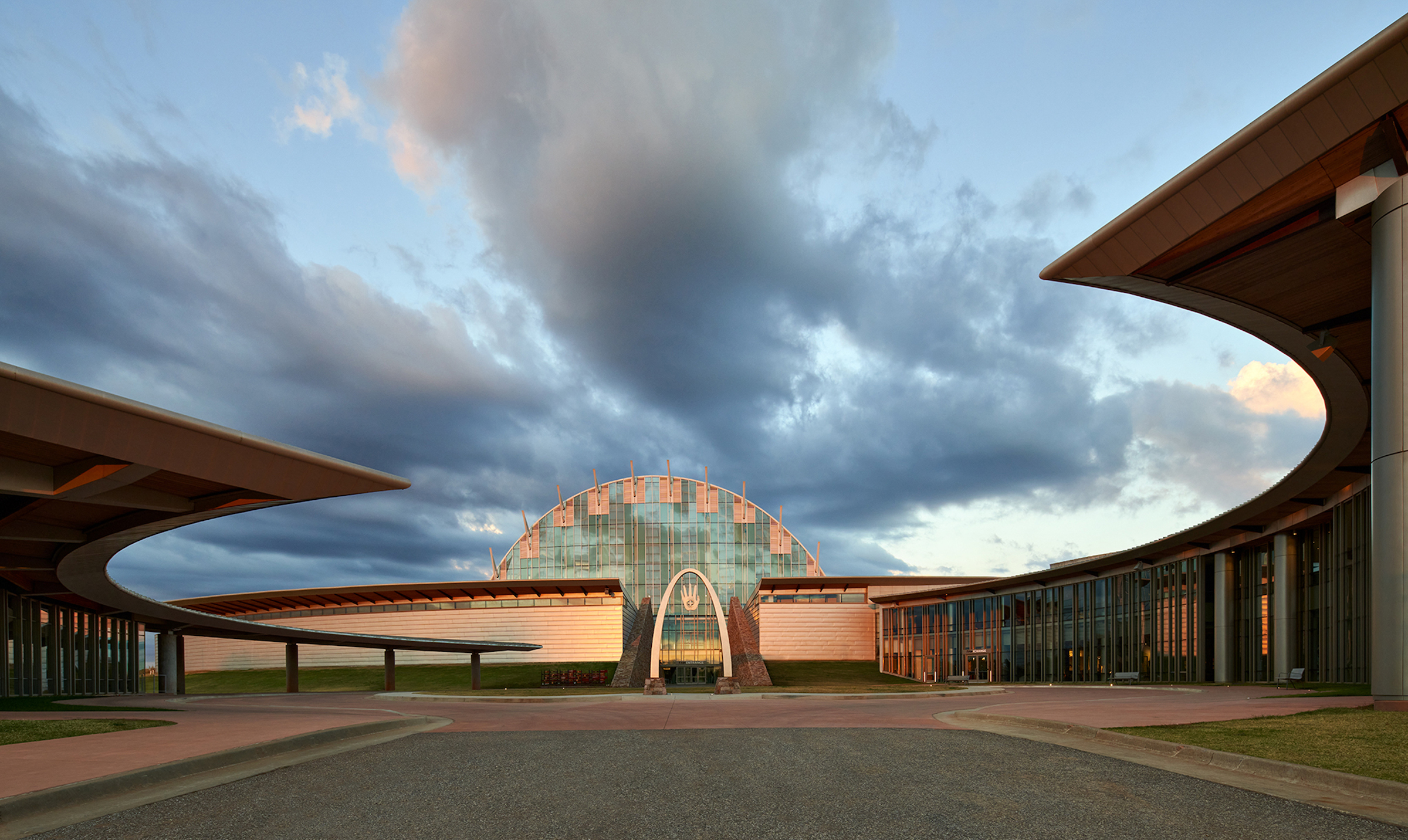
“At the First Americans Museum, conventional architectural strategies were dissolved by a highly iterative process that led to a new vocabulary of form drawn from an orientation to natural elements, shared space, and the freedom for visitors to pursue their own path of discovery,” says Scott Johnson, FAIA, Design Partner at Johnson Fain. “The design embodies multiple eternal concepts, such as time, generations, shelter, and identity.”
The project’s cultural and heritage advisor, Arizona State University professor Donald Fixico, shared with the design team the contrast of linear thinking in western culture versus the holistic, non-linear, “circular” ways the natives view the universe. Whereas western culture values land as a commodity, native cultures give spiritual value to it. Reflecting the native tradition of a circular world view—which encompasses the cycle of life, the seasons, and the rotation of the earth—the design evolved out of multiple circles suggested by arcs. The main expression of this is the 1,000-square-foot-diameter spiral FAM Mound rising to 90 feet at its peak, which became the central element of the master plan that Johnson Fain began in 1996. (The firm was also initially brought on for site selection prior to winning the building design.) A fortuitous gift of 400,000 cubic yards of red earth fill from local construction sites made this possible.
First Americans Museum tells the authentic Oklahoma Indian story
The museum’s location was originally Oklahoma Drilling Site #1 for the extraction of crude oil, thus Hargreaves Jones’ landscape plan called for cleanup and enhancement of the site, including the incorporation of native grasses and tree species. “We conceived a story about the site that the land had been taken from the native peoples, stripped of its elements, and has now been returned to the Native Americans, who restored it to the way it once was,” says William Fain, Jr., FAIA, Managing Partner and Director of Urban Design and Planning at Johnson Fain. “The harmonious relationship between the building and the surrounding landscape is critical to telling the authentic Oklahoma Indian story.”
While the spiral mound represents the earth and nature, the buildings express man-made technologies. The concept for the 175,000-square-foot museum is a spiral that begins in the earth and ascends to the heavens. It is composed of two arcs: the western arc featuring permanent and rotating exhibitions and the northern arc that houses theaters, retail, dining, and other services necessary in modern museums. The arcs intersect at the 110-foot-tall prismatic glass structure that serves as both a starting point for visitors and a central gathering space. Three sky terraces (Sun, Moon, Stars) offer views of the Oklahoma River and Downtown Oklahoma City.
The natural world is at the heart of the FAM experience, both physically and spiritually. As opposed to a museum conceived around conventional notions of form and sequence, FAM acknowledges the elements of nature—earth, wind, water, and fire. The spiral mound represents the earth and holds a passageway through which the winter solstice is marked. The entire project was designed to align with the cardinal directions and serve as a cosmological clock, commemorating and honoring the special times of equinox and solstice. The east-facing museum entrance framed by the stone walls aligns with the sunrise of the vernal and autumnal equinoxes, with the sun rising directly in the center between the walls. During the winter solstice, the sun sets through the tunnel embedded into the FAM Mound; during the summer solstice, the sun sets at the peak of the mound.
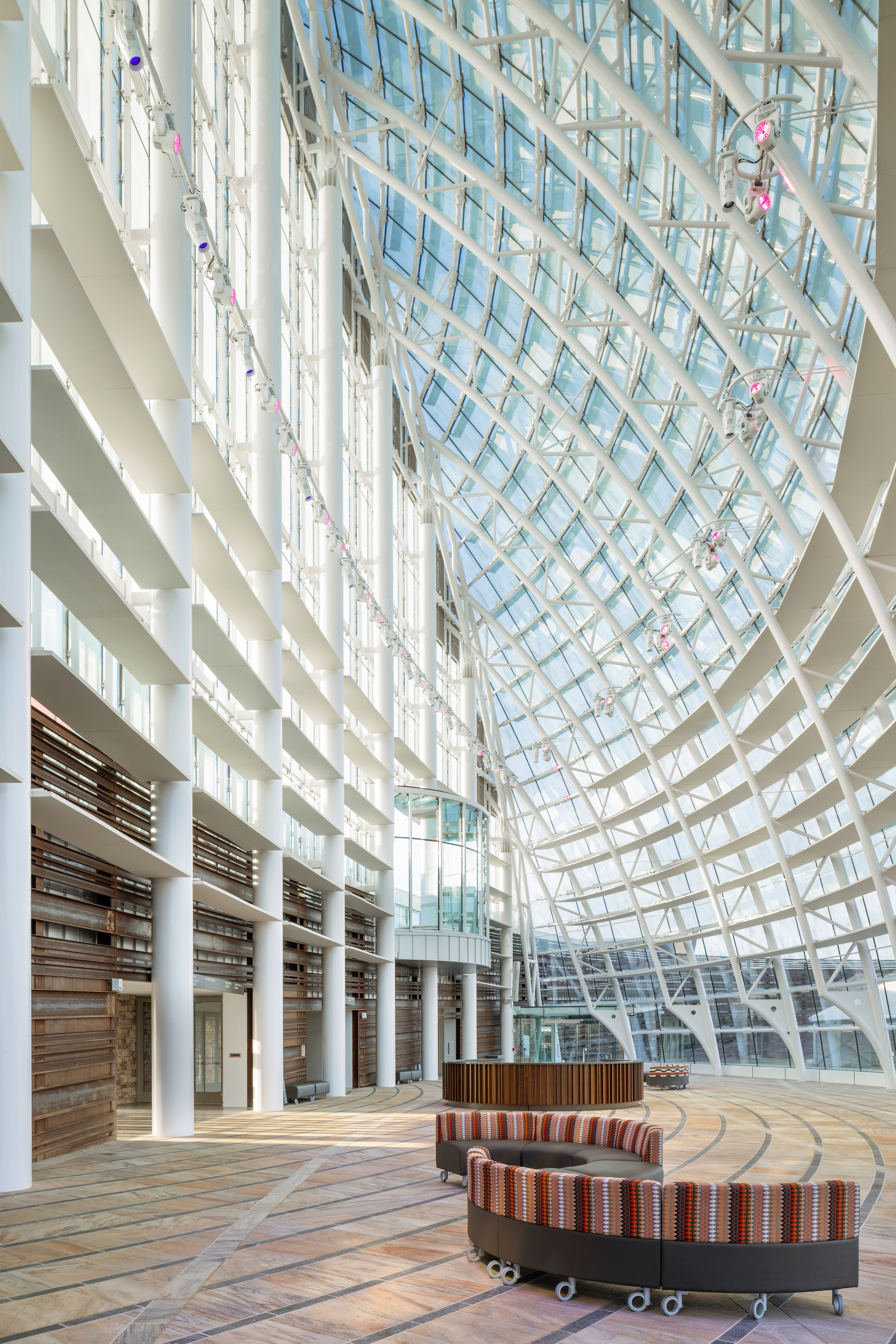
The radial geometries of the interior are organized to invoke a sense of curiosity and anticipation in visitors. Public spaces are bathed in natural light through full-height glass walls. Harmonizing manmade and natural elements, the museum’s interior palette includes warm wood wall paneling, steel-clad circular columns, concrete flooring, and custom wood-slat ceilings. Arcs and circles appear throughout in the forms of millwork, seating elements, and railings in harmony with the Native American belief that right angles trap the spirit.
The completion of the First Americans Museum, like the people whose stories it shares, was achieved in part because of the resilience of the project and the people behind it to persist during the past quarter century to assure its existence. The architecture is intentionally crafted to symbolically reinforce the historical context and the events that have shaped history, while also providing a neutral canvas for visitors to experience the artifacts, exhibitions, and historical narratives in a new way.
In addition to Johnson Fain (design architect), Hornbeek Blatt (associate architect), and Hargreaves Jones (landscape architect), key building team members include Ralph Appelbaum Associates (interpretive planner and exhibition designer), Arup (structural engineer), Centennial Builders—A Joint Venture of Flintco & Manhattan (construction managers), KFC Engineering (structural engineer), Lighting Design Alliance (lighting designer), Lord Cultural Resources (institution and cultural programming), Andrew Merriell Interpretive Planning and Design (concept exhibition designer), Harriet Spear Studio (wayfinding), Stantec (MEP engineer), Veneklasen Associates (acoustical engineer), David Weiner Design (lighting designer), and Nabih Youssef Associates (structural engineer), among many others.
ABOUT JOHNSON FAIN: During the past 34 years of professional experience in the United States and overseas, Johnson Fain has established itself as an architecture, planning, and interior design firm known for its creative approach to the built environment. Scott Johnson, FAIA, Design Partner, and William H. Fain, Jr., FAIA, Managing Partner and Director of Urban Design and Planning, lead a diversified office of 45 professionals. During the past decade, the American Institute of Architects has recognized Johnson Fain with numerous awards at the national, state, and local levels, including the AIA LA Gold Medal and AIA California Firm of the Year.
ABOUT FIRST AMERICANS MUSEUM (FAM): FAM originated as a project of the State of Oklahoma and was completed through a partnership between the State of Oklahoma and The City of Oklahoma City, with help of a Chickasaw Nation subsidiary, the American Indian Cultural Center Foundation, and numerous donors. The American Indian Cultural Center Foundation operates the museum on behalf of the City, and AICCM Land Development, LLC, is the developer of the surrounding property. James Pepper Henry—vice-chairman of the Kaw Nation—is the museum director/CEO.

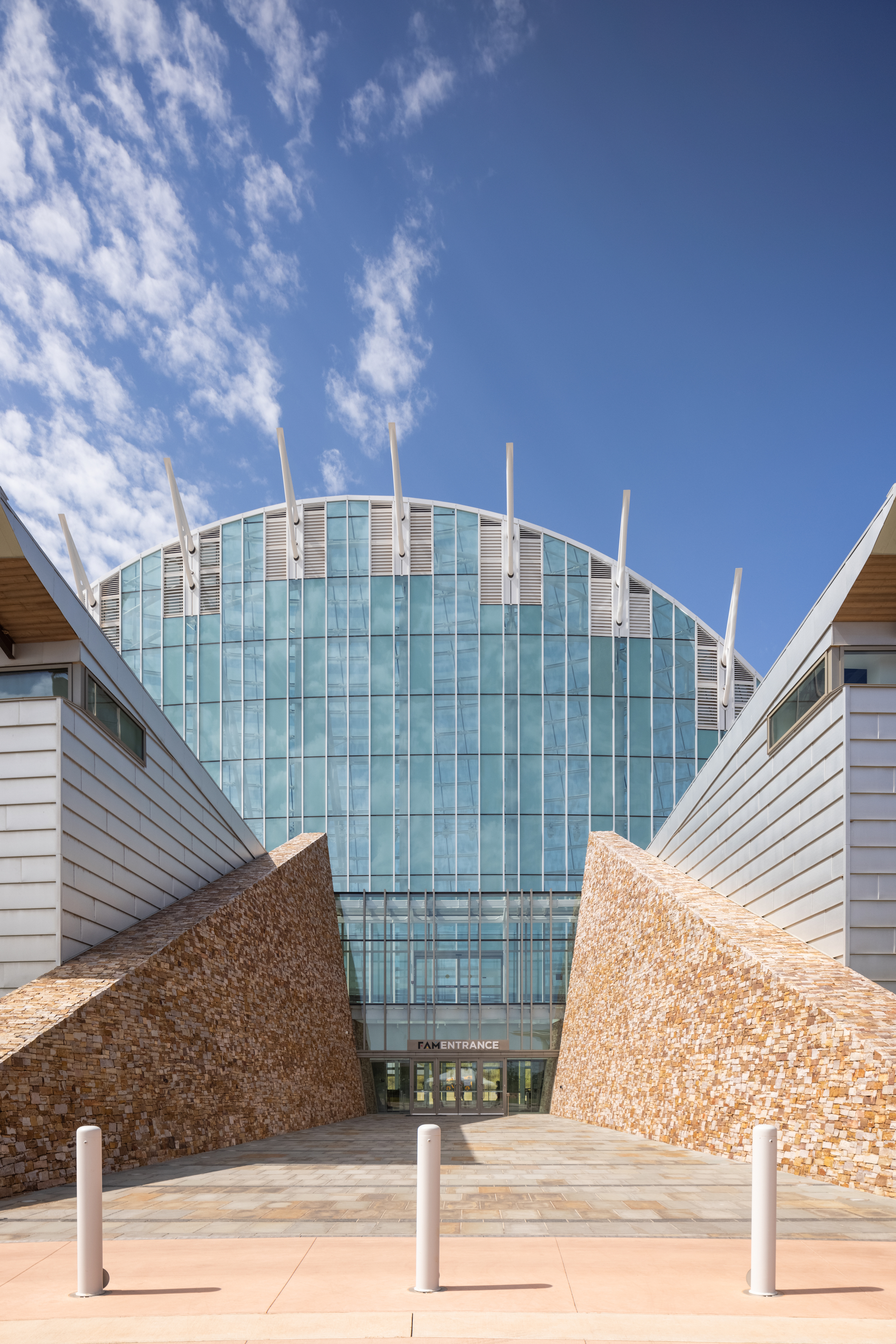
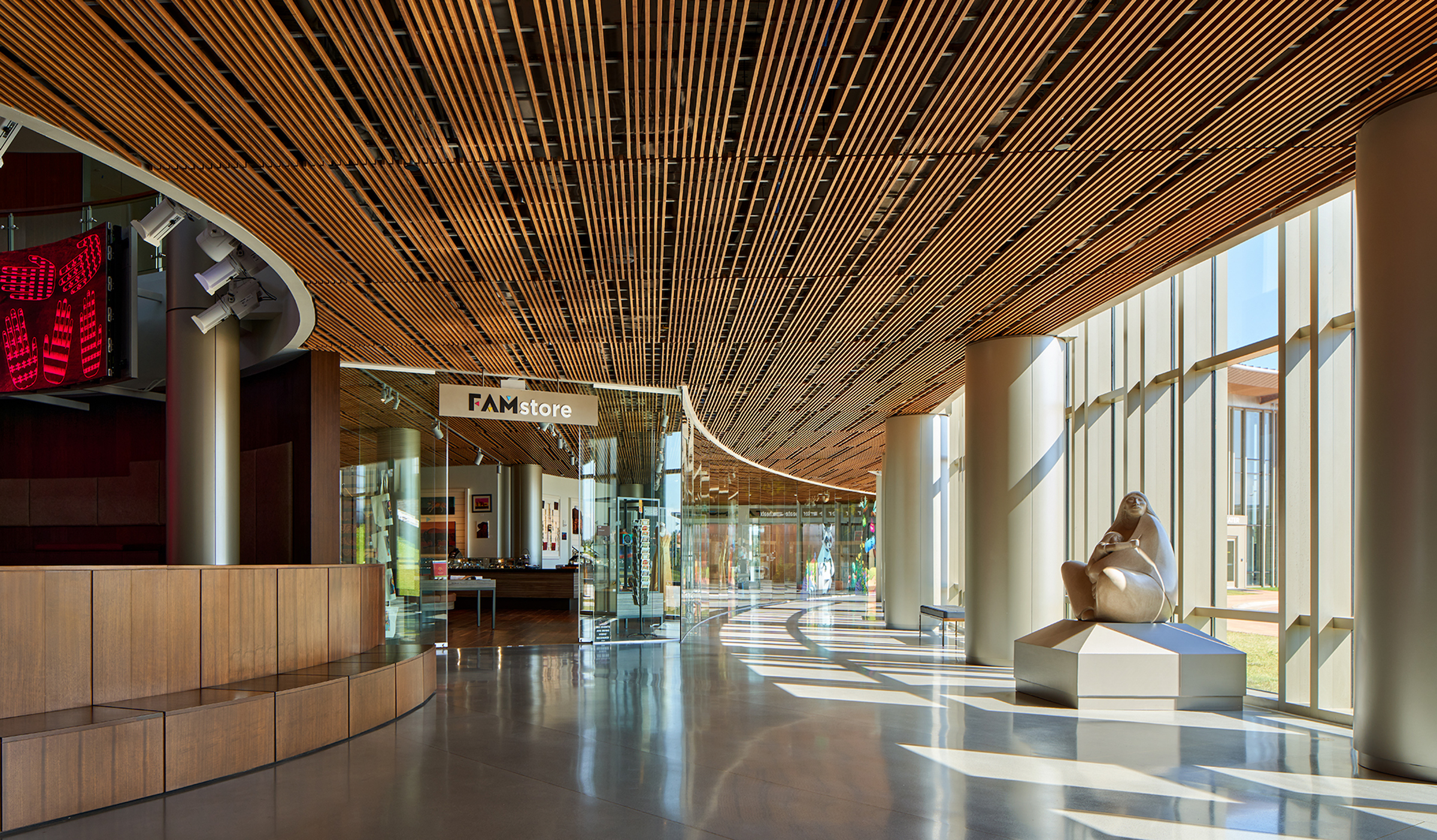
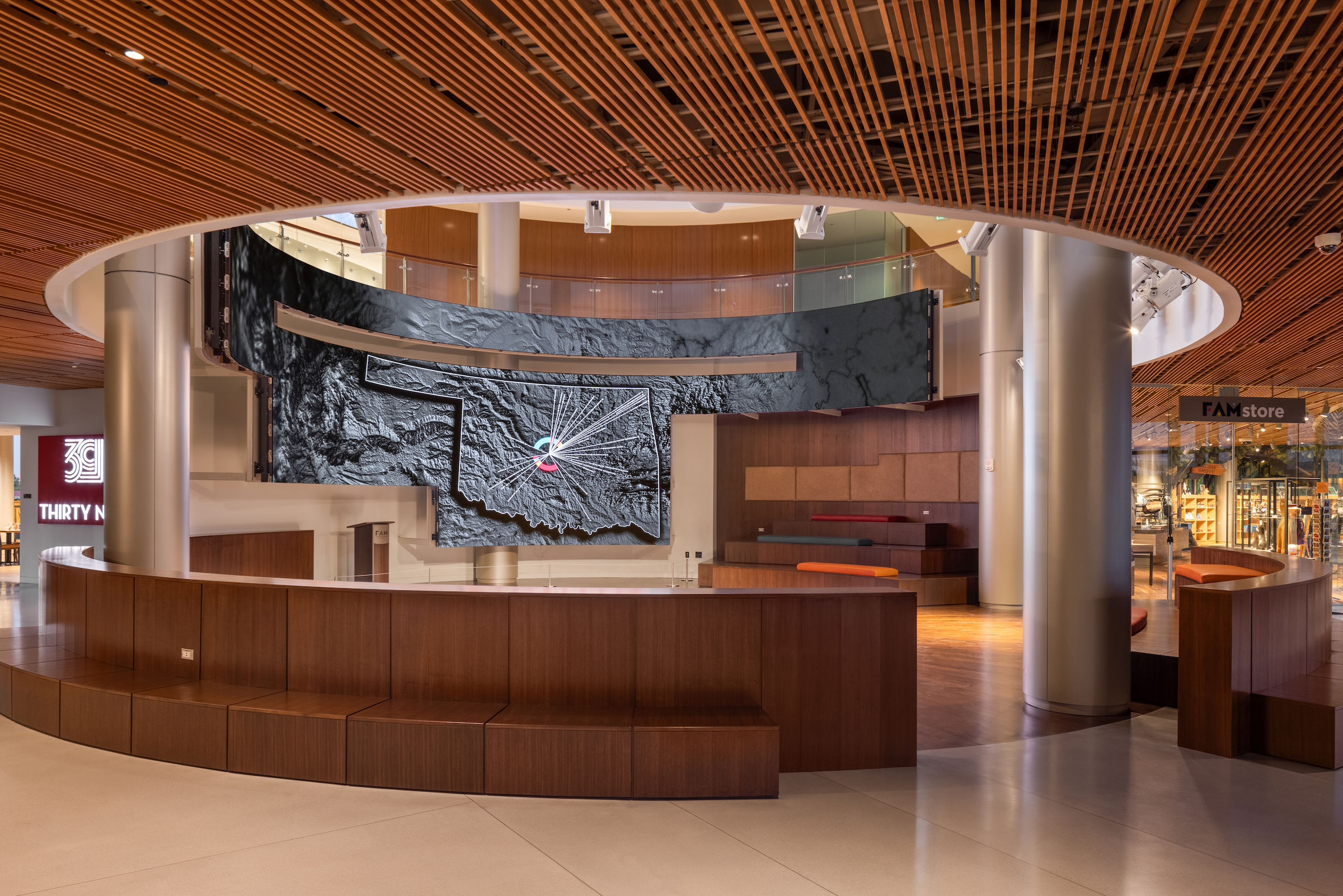
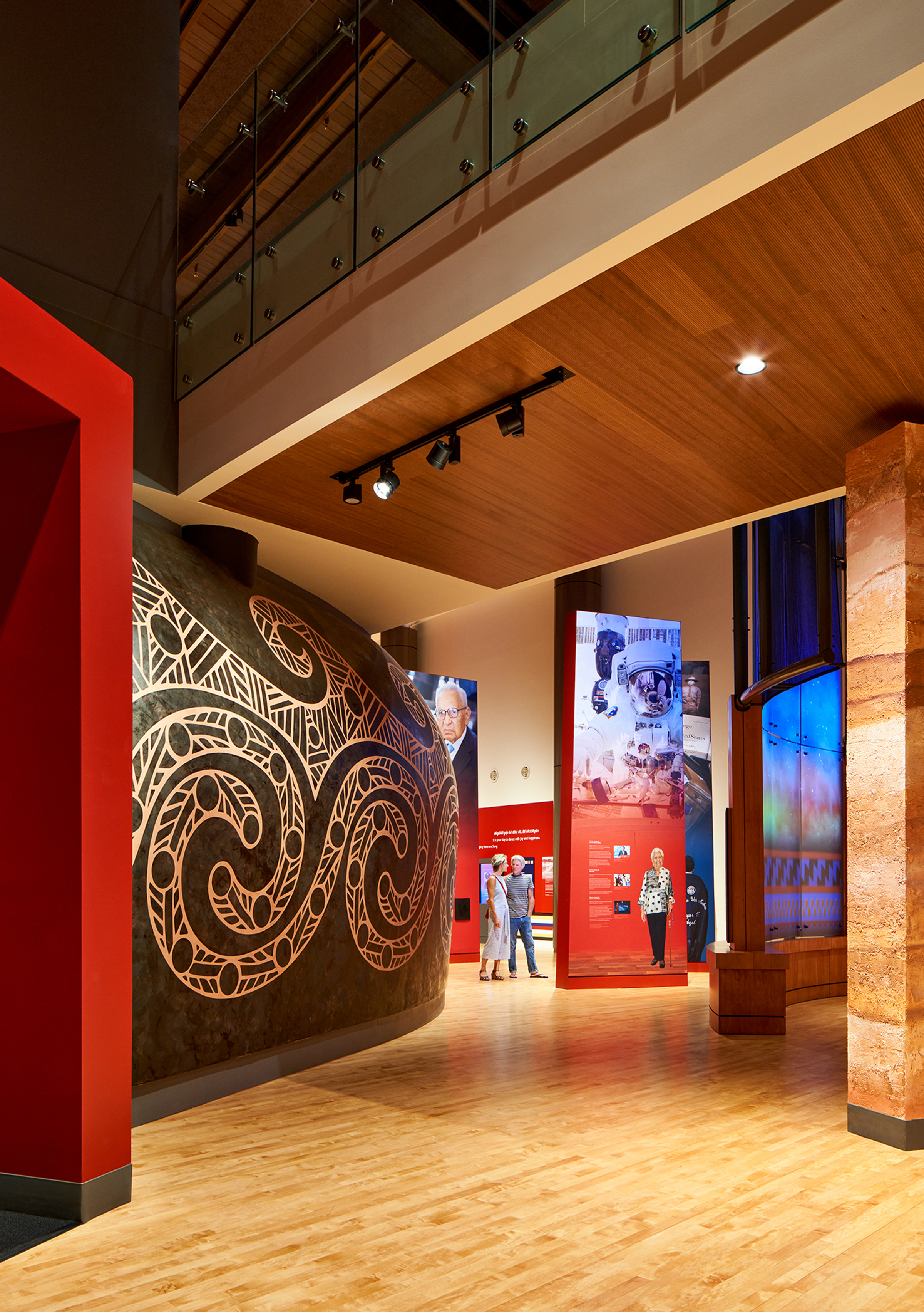
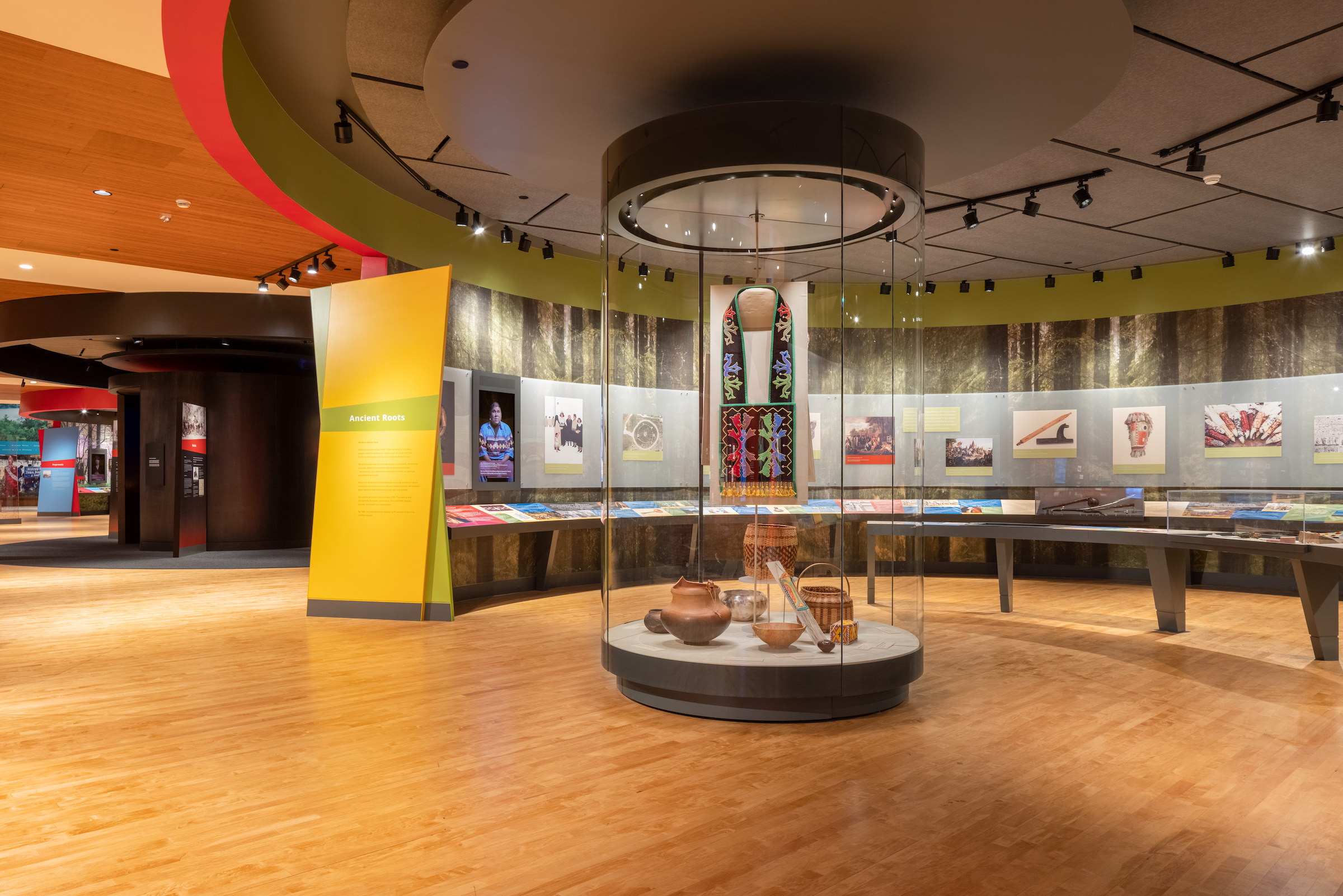

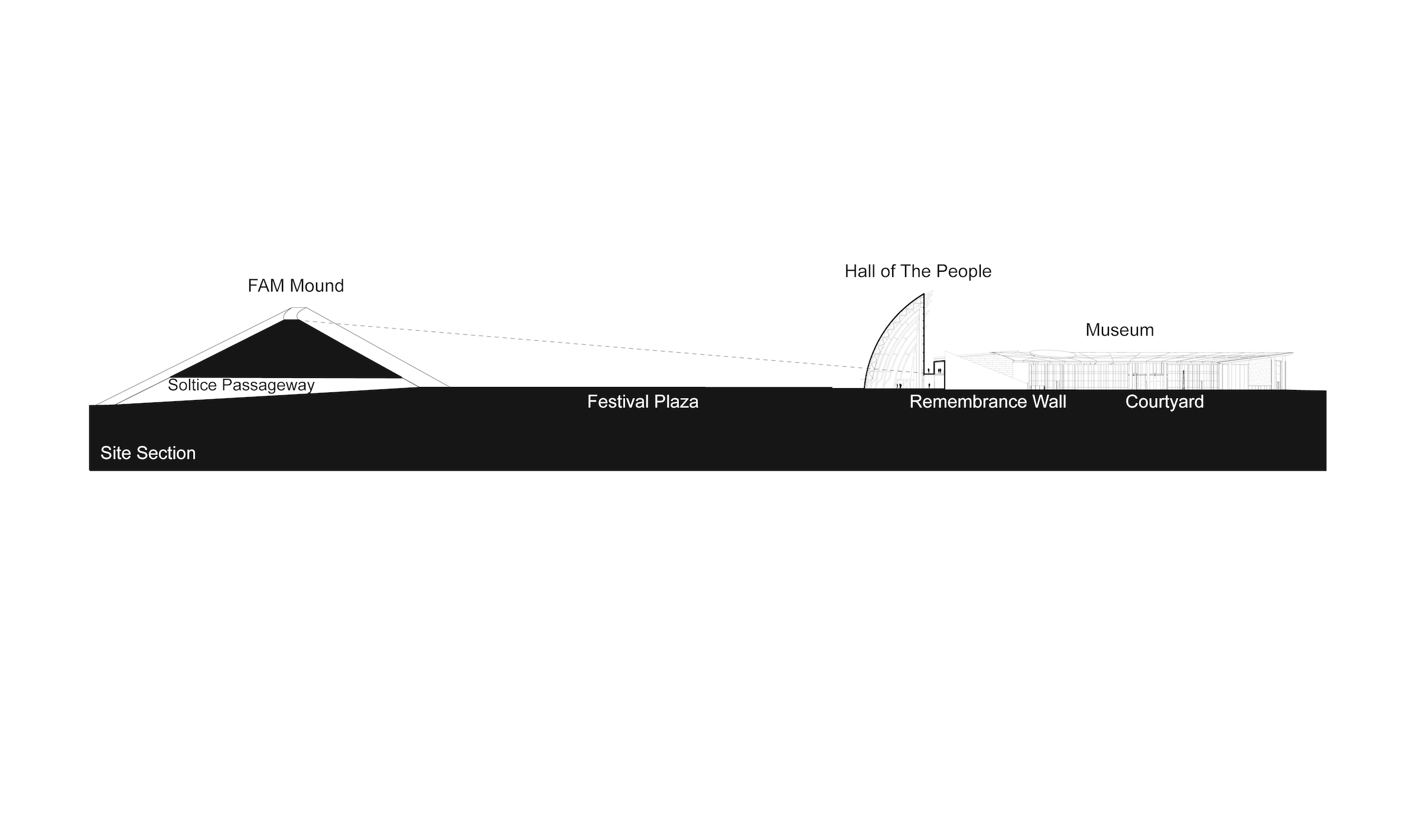
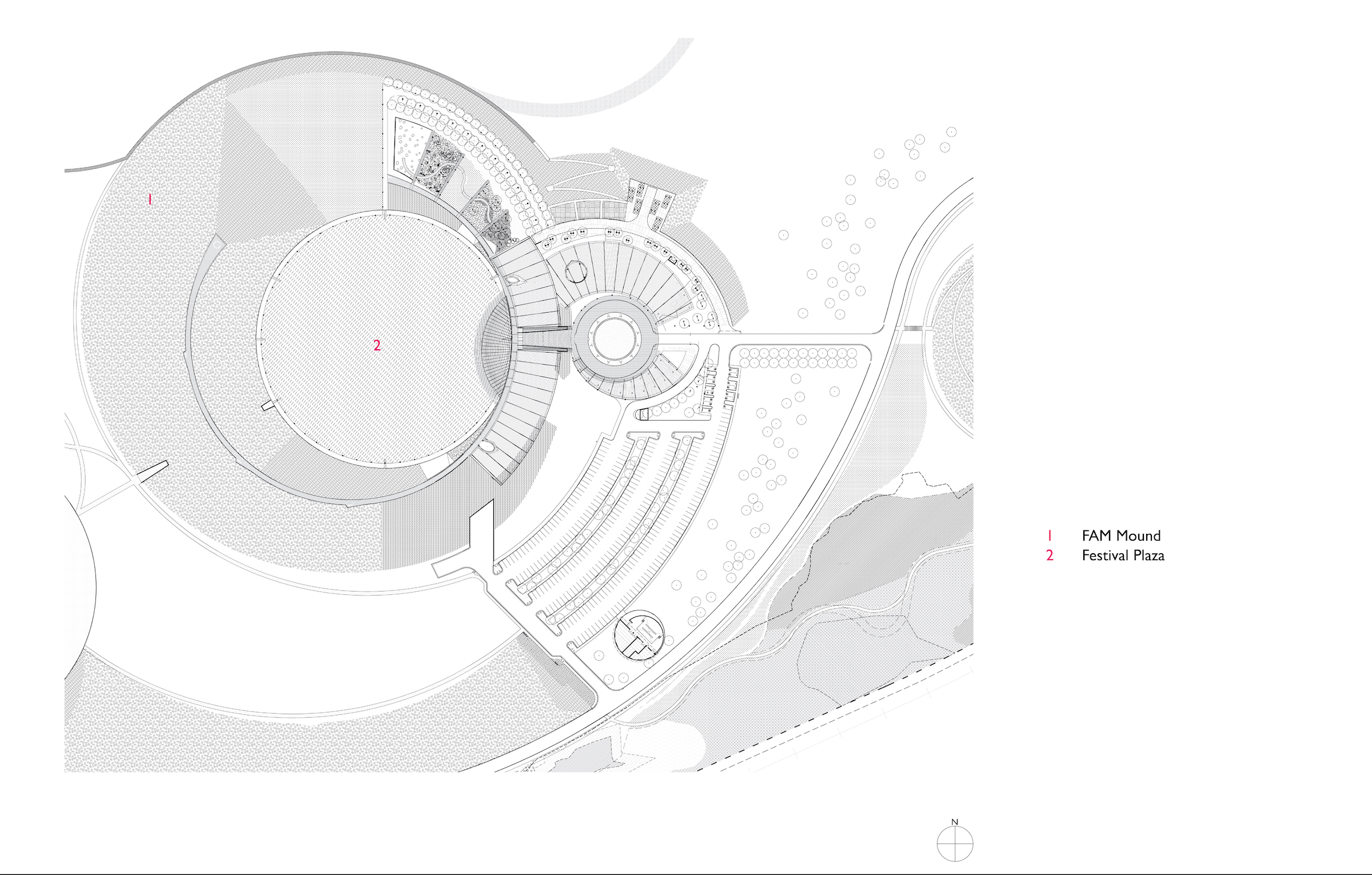
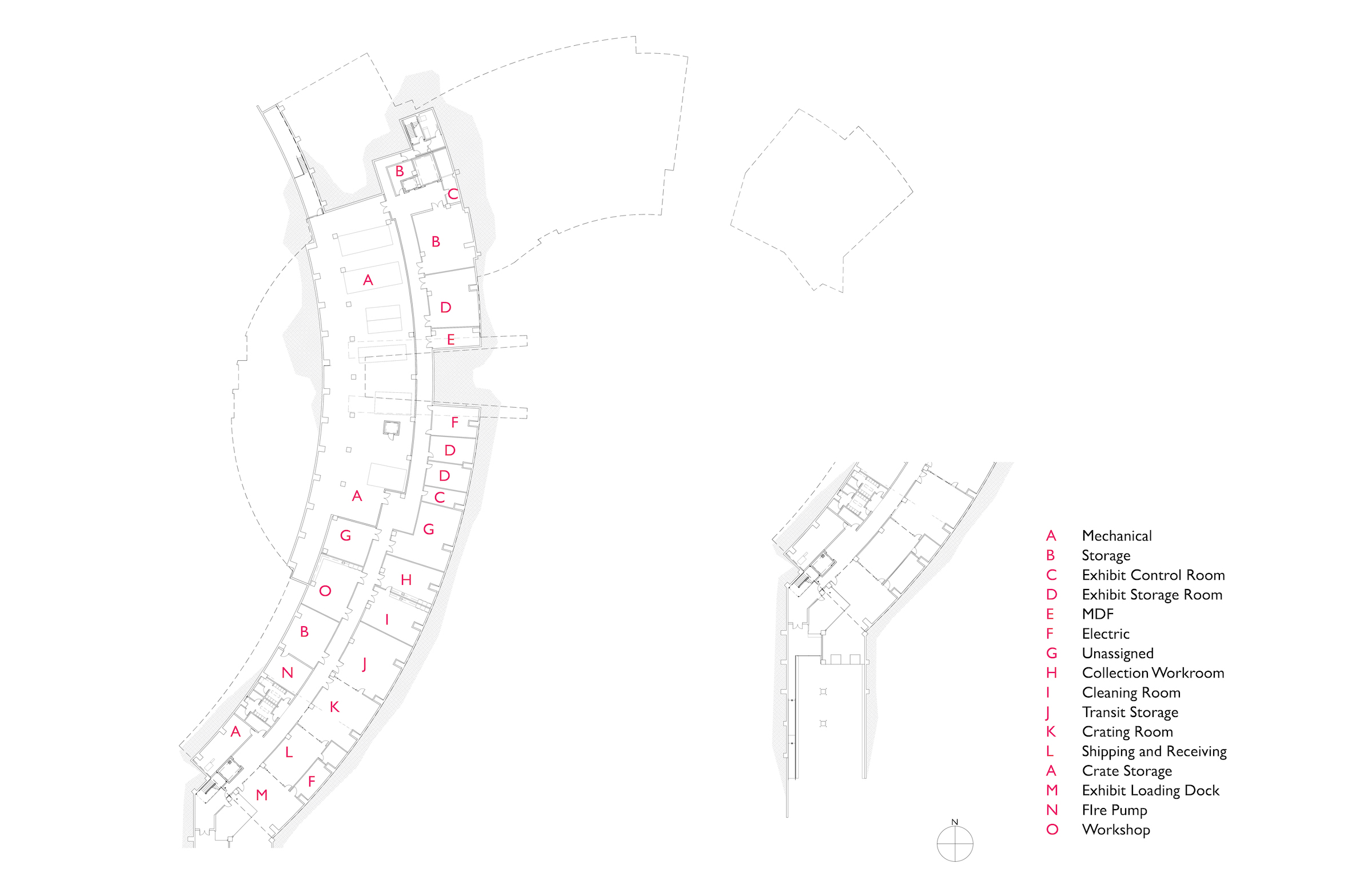
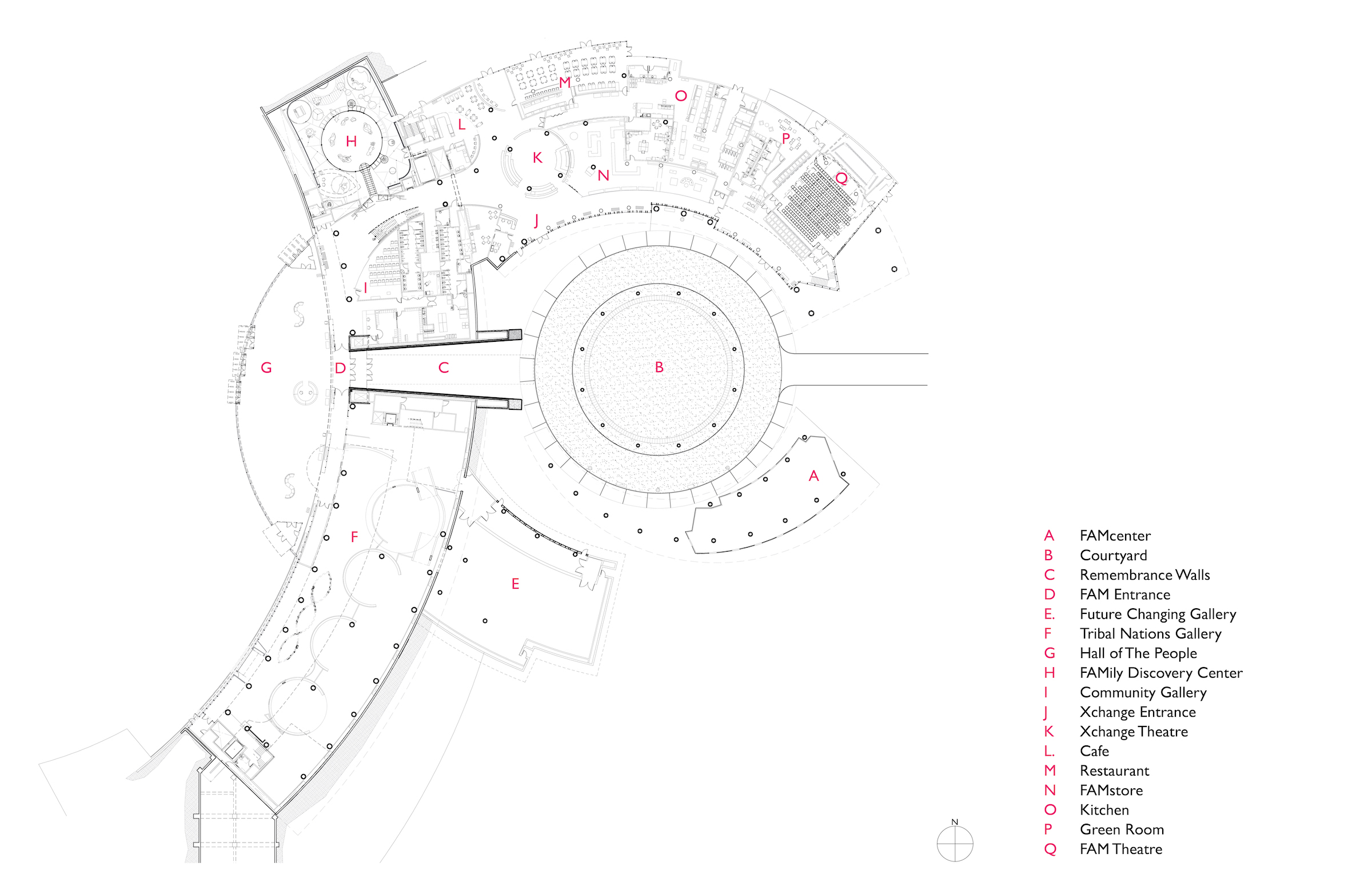

Related Stories
Museums | May 28, 2015
SANAA wins bid to design new building for Art Gallery of New South Wales
The museum's developers hope the new gallery will enrich Sydney’s eastern cultural precinct.
Museums | May 18, 2015
Diller Scofidio + Renfro unveils preliminary design for U.S. Olympic Museum
According to the firm’s founding partner, Elizabeth Diller, the design was inspired by the movement of athletes, as it “spirals up and outwards from a central atrium.”
Museums | May 13, 2015
The museum of tomorrow: 8 things to know about cultural institutions in today’s society
Entertainment-based experiences, personal journeys, and community engagement are among the key themes that cultural institutions must embrace to stay relevant, write Gensler's Diana Lee and Richard Jacob.
Museums | Apr 27, 2015
Finalists’ designs for Guggenheim Helsinki competition released
A custom-developed App engages an international public in the selection process.
Museums | Apr 23, 2015
Moshe Safdie unveils pentagonal scheme for National Medal of Honor Museum
The new museum near Charleston, S.C., will archive the history of the nation's highest military honorees.
Museums | Apr 22, 2015
Check out Ralph Johnson's stunning nature-inspired Shanghai museum
The newly opened Shanghai Natural History Museum, designed by Perkins+Will’s Global Design Director Ralph Johnson, mimics the shape of a nautilus shell, and features natural elements throughout.
Museums | Apr 16, 2015
SANAA and Snøhetta tie at first place for Budapest museum bid
The two firms submitted designs for the New National Gallery and Ludwig Museum, one of five planned museums to be constructed in a park just outside the urban center of Hungary’s capital.
Sponsored | Fire-Rated Products | Apr 14, 2015
Fire resistive curtain wall brings maximum light, views and safety to Aspen Art Museum
The curtain wall used for the Shigeru Ban-designed museum provides maximum daylight while protecting the art from fire
Museums | Apr 10, 2015
Henning Larsen Architects designs timber museum extension in Sweden
The new extension will complement Österund’s wooded surroundings
Building Team Awards | Apr 10, 2015
14 projects that push AEC teaming to the limits
From Lean construction to tri-party IPD to advanced BIM/VDC coordination, these 14 Building Teams demonstrate the power of collaboration in delivering award-winning buildings. These are the 2015 Building Team Award winners.


